It’s not always easy to tell when your pet is hurting, but understanding the signs can make a world of difference. Are you equipped to recognise when your furry friend is in distress? Here’s how to spot the subtle and obvious signs of pain in your pet.
1. Limping or Difficulty Moving
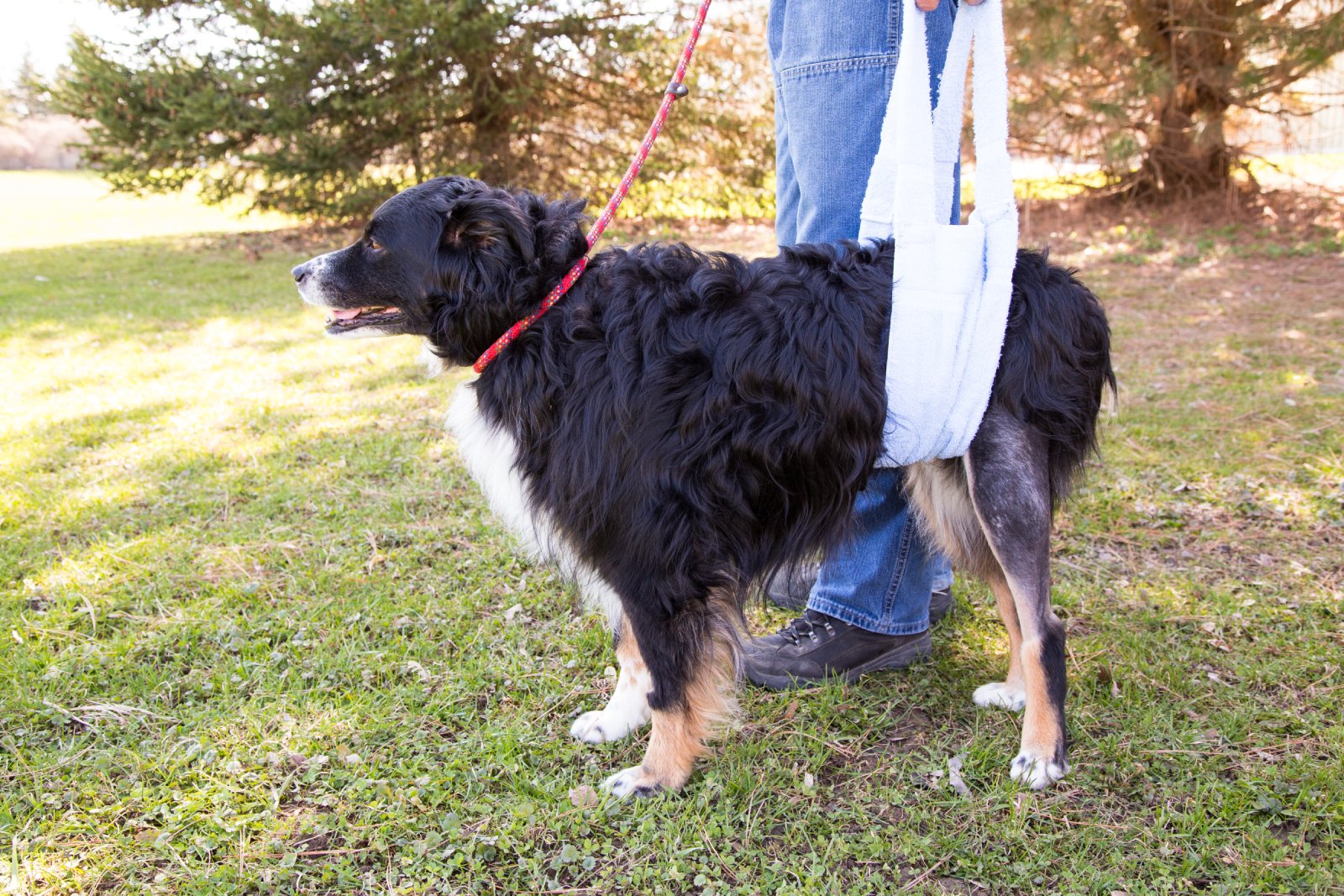
When your pet avoids stairs or hesitates before jumping, it’s not just old age setting in. This could be a sign of arthritis, injury, or joint pain needing immediate attention.
2. Excessive Grooming or Licking
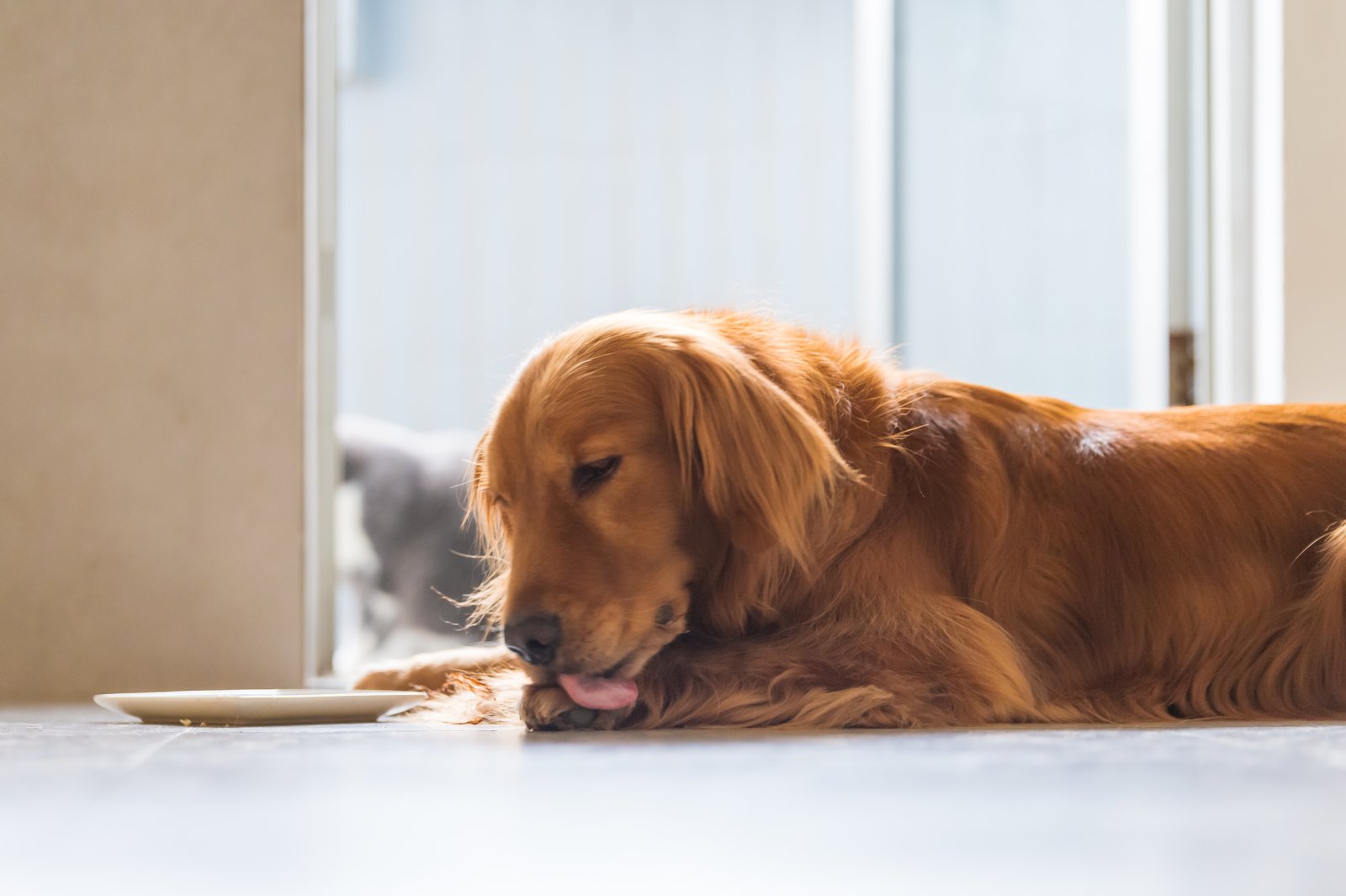
Obsessive licking or grooming, especially in one area, can indicate pain or discomfort beneath the surface. It’s a self-soothing attempt that can lead to further irritation or infection.
3. Changes in Posture
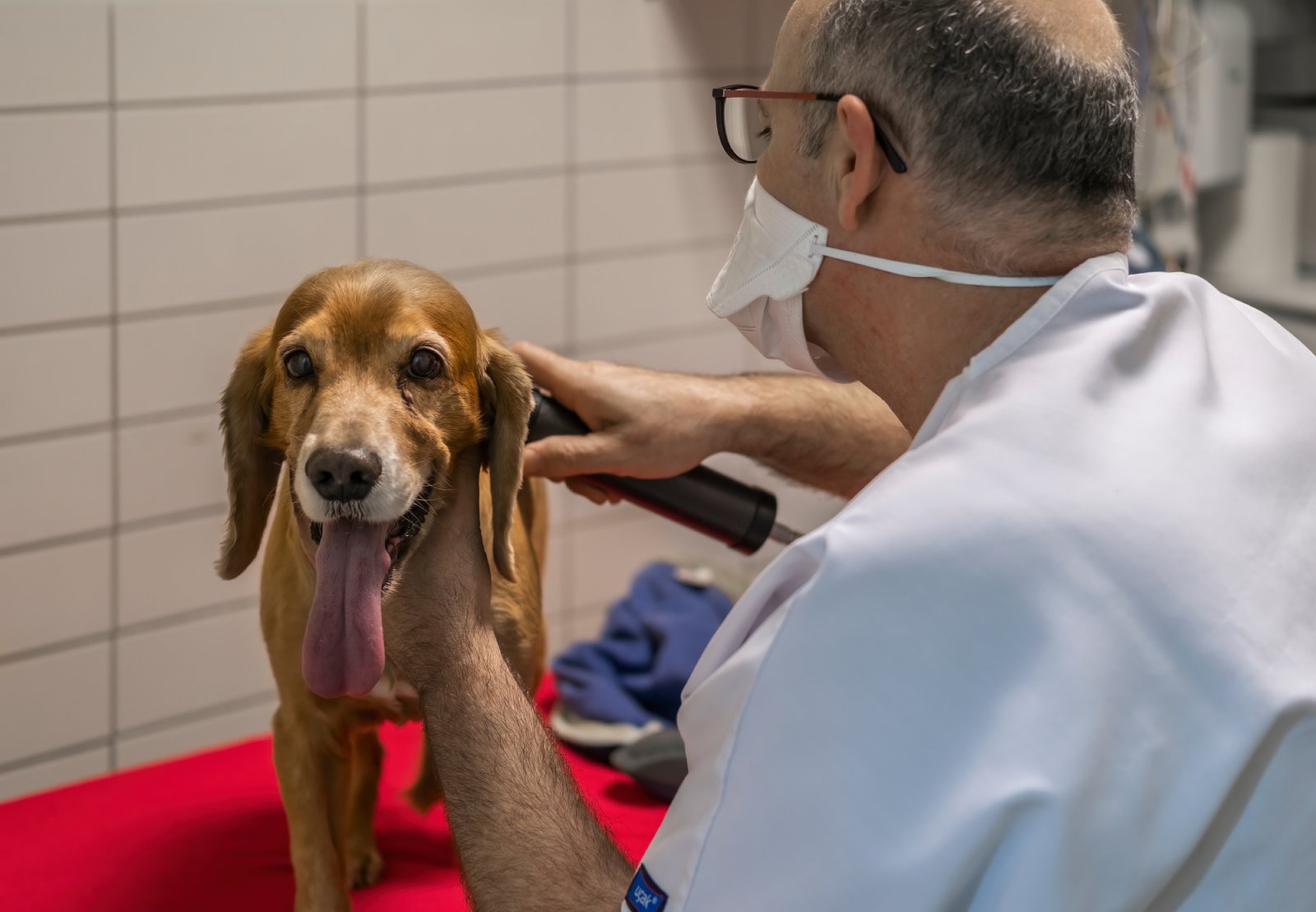
A hunched back or a tucked abdomen are more than just odd poses; they’re your pet’s way of saying something hurts. These changes in posture often mean it’s time for a vet visit.
4. Loss of Appetite
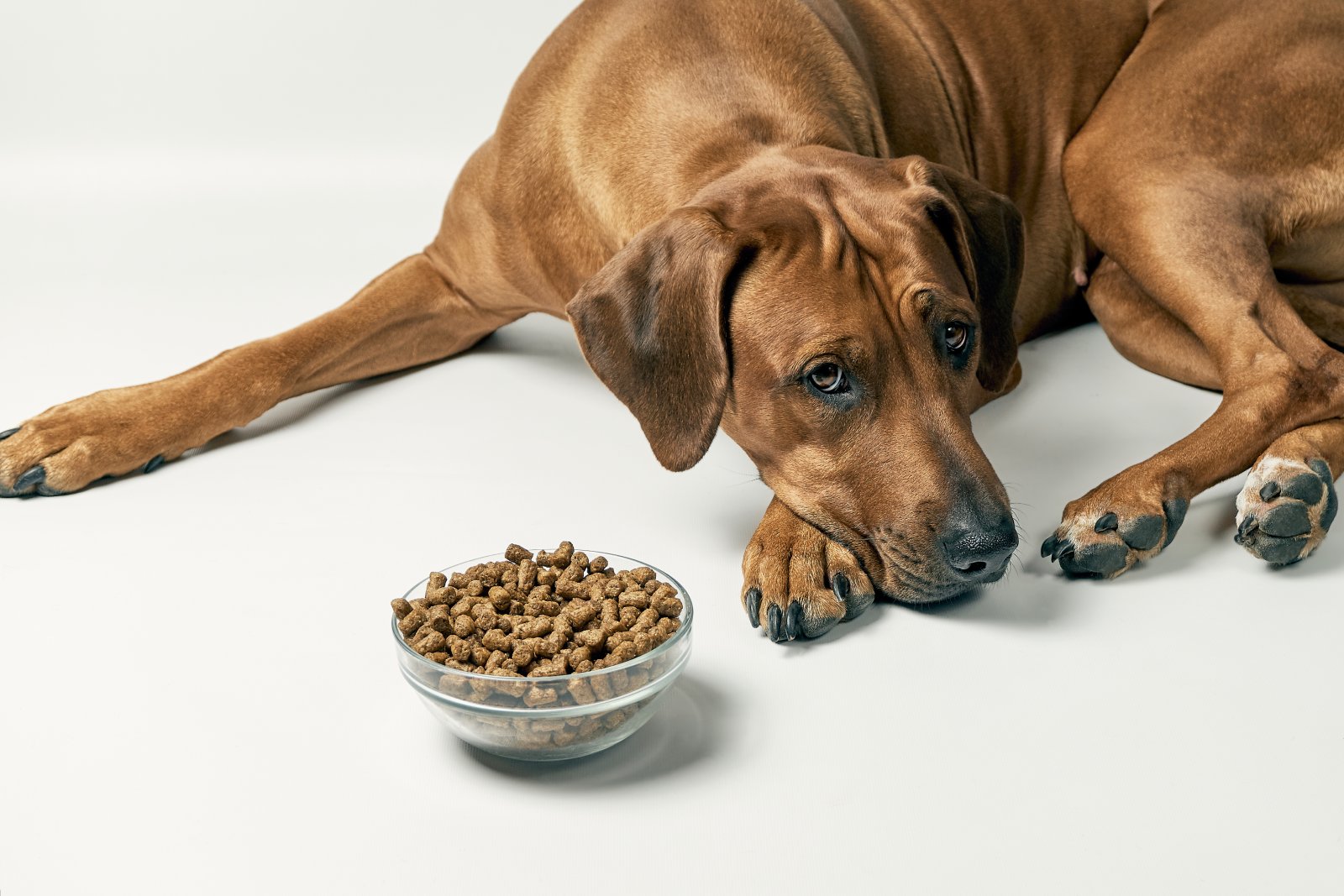
If your normally food-loving pet suddenly turns up their nose at meals, take note. Pain can significantly reduce appetite and lead to other health issues.
5. Vocalising More Than Usual
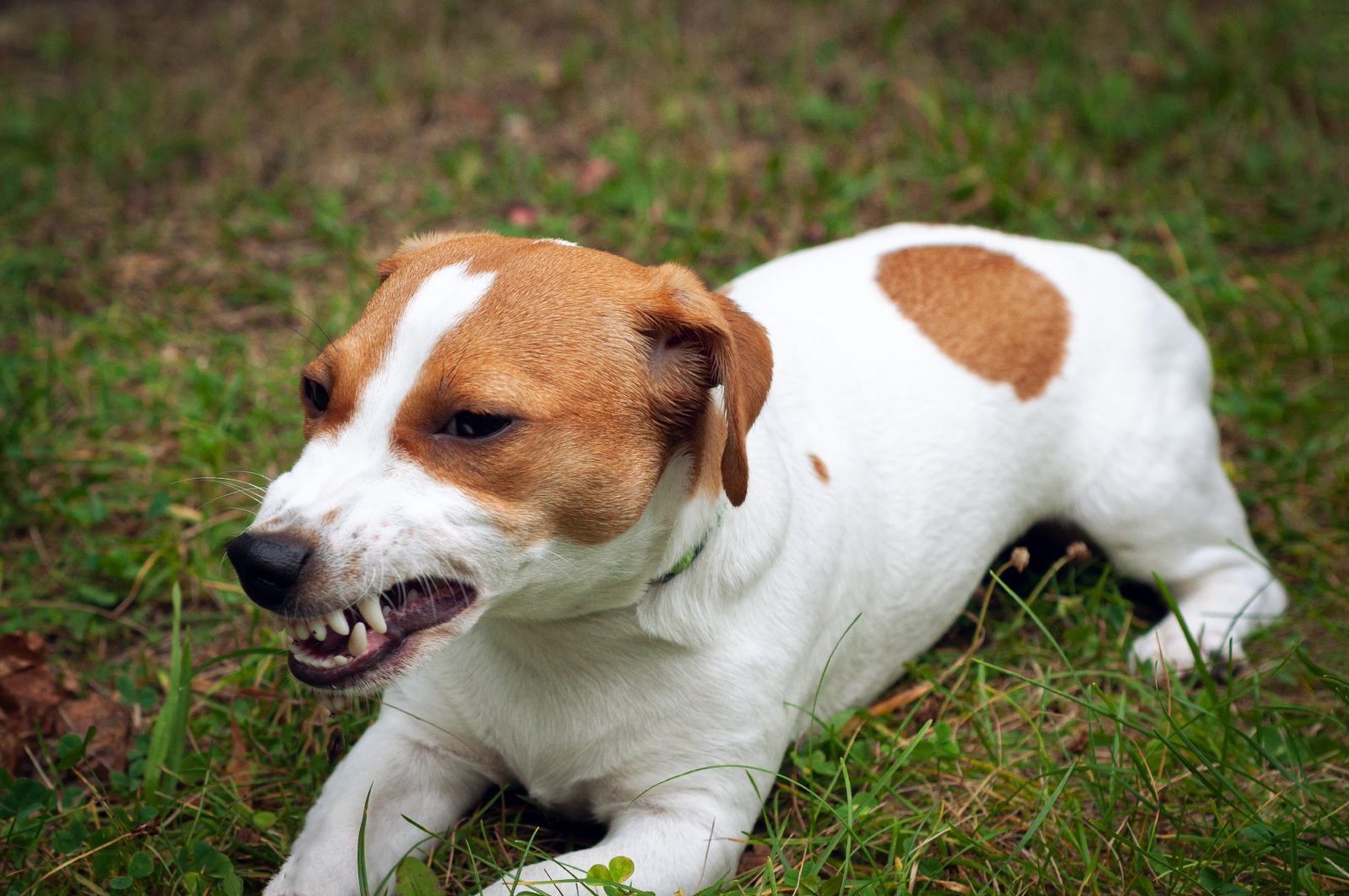
Increased meowing, barking, growling, or even howling can be your pet’s attempt at communicating their discomfort. Listen for changes in their vocal patterns.
6. Aggression or Withdrawal
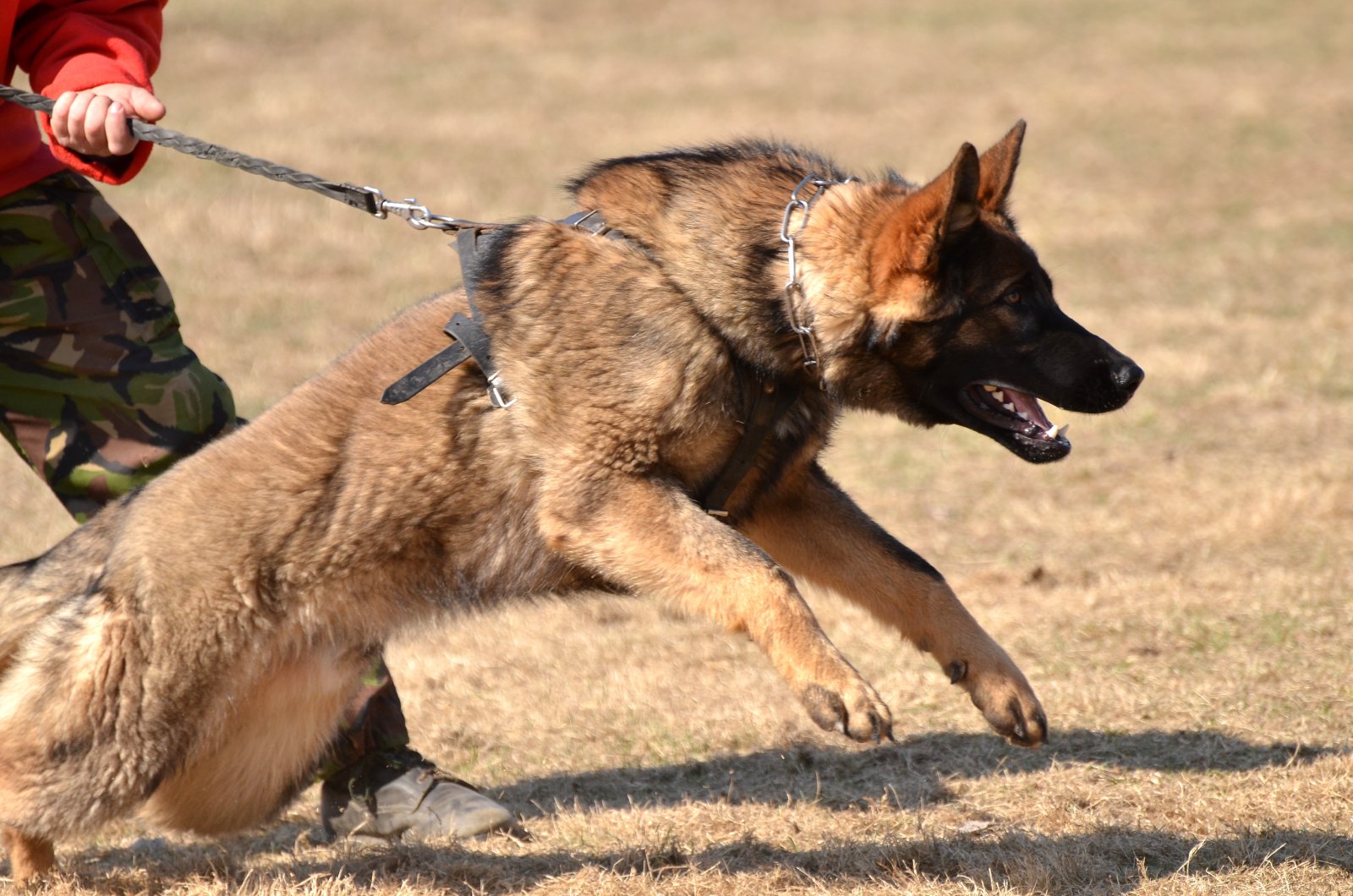
Even the friendliest pets may snap or hide when in pain. If your pet suddenly becomes reclusive or irritable, pain could be the culprit.
7. Changes in Sleeping Patterns
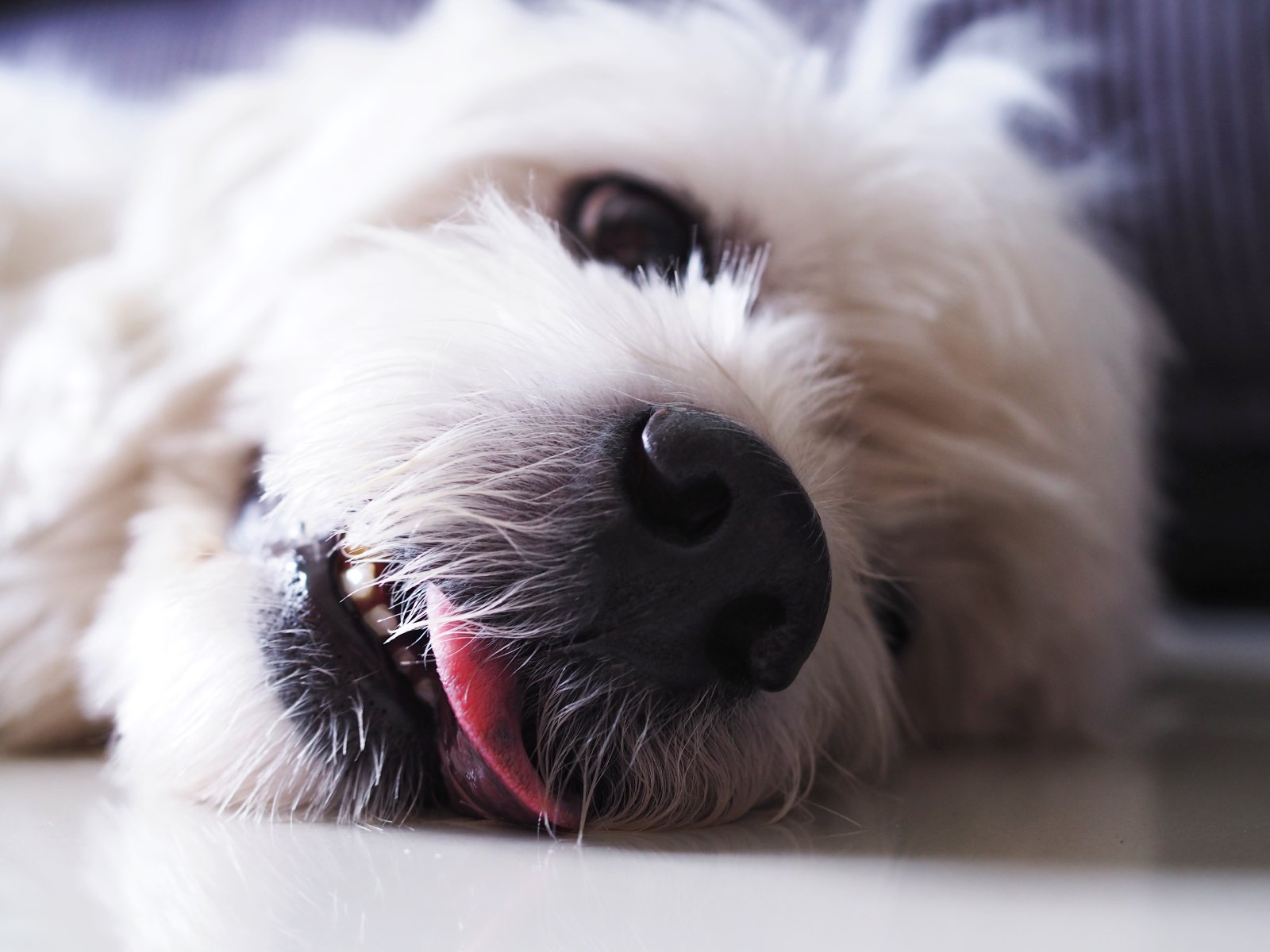
Too much sleep or an inability to settle down can both be signs your pet is trying to cope with pain. Disrupted sleep often accompanies physical discomfort.
8. Altered Breathing
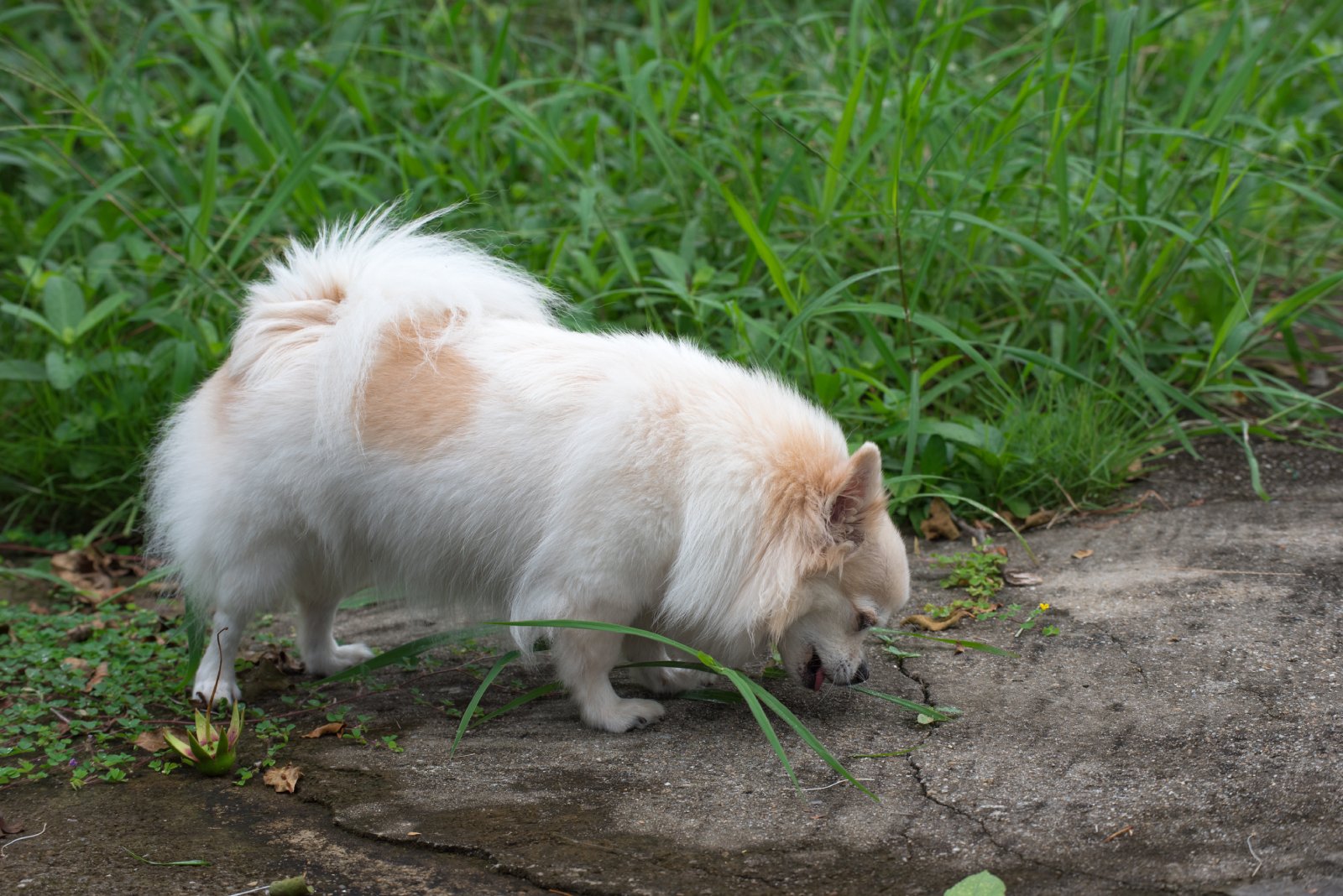
Rapid, shallow, or laboured breathing isn’t just stress – it can be a direct response to pain. Watch how your pet breathes in relaxed versus tense moments.
9. Reluctance to Be Touched
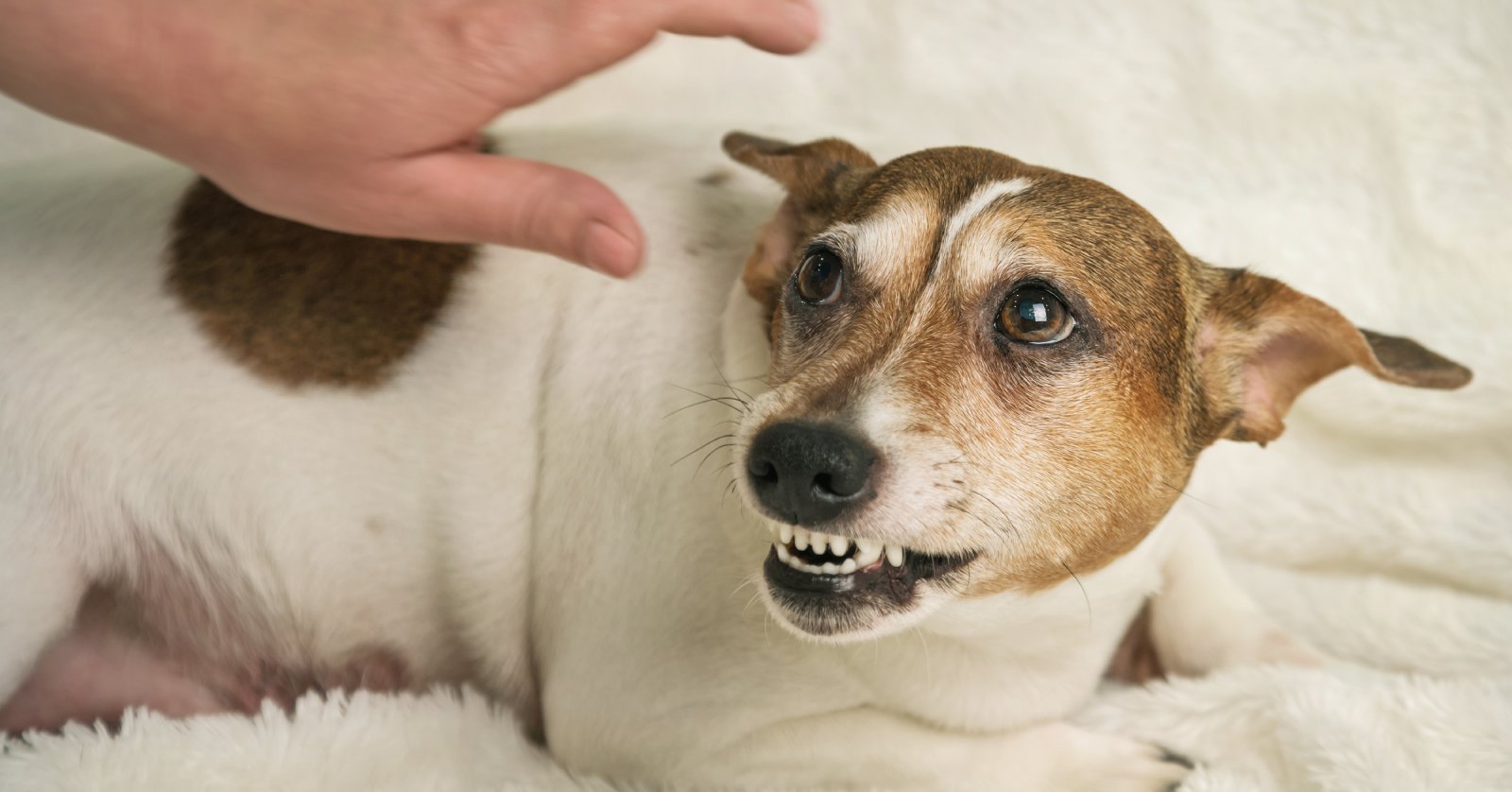
If your usually cuddly pet shies away from touch or reacts negatively to being petted, this is a clear signal of pain, especially in specific areas.
10. Sudden Accidents
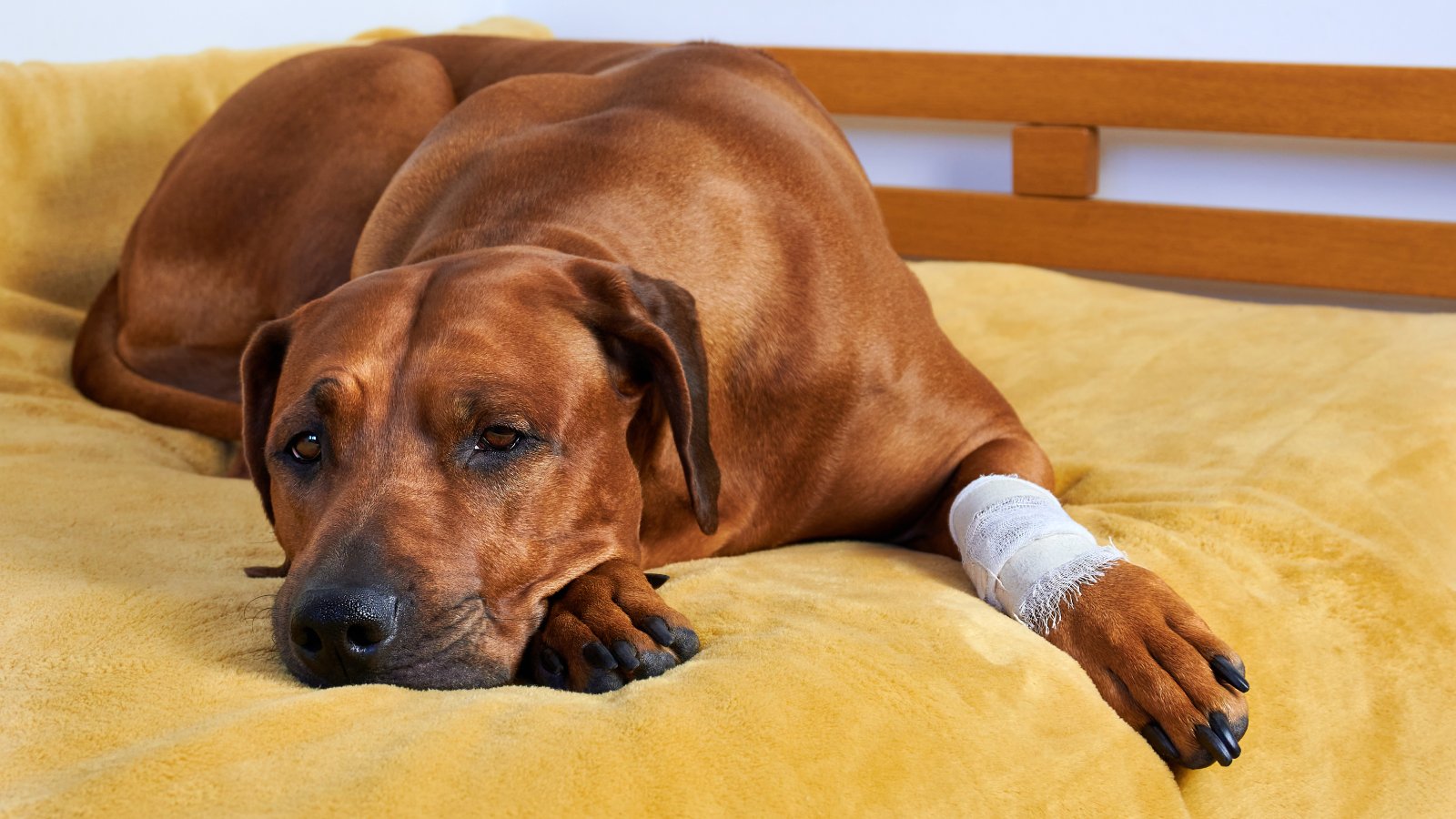
House-trained pets having accidents indoors could be struggling with pain that makes it hard to get to their usual spots in time.
11. Pacing or Restlessness
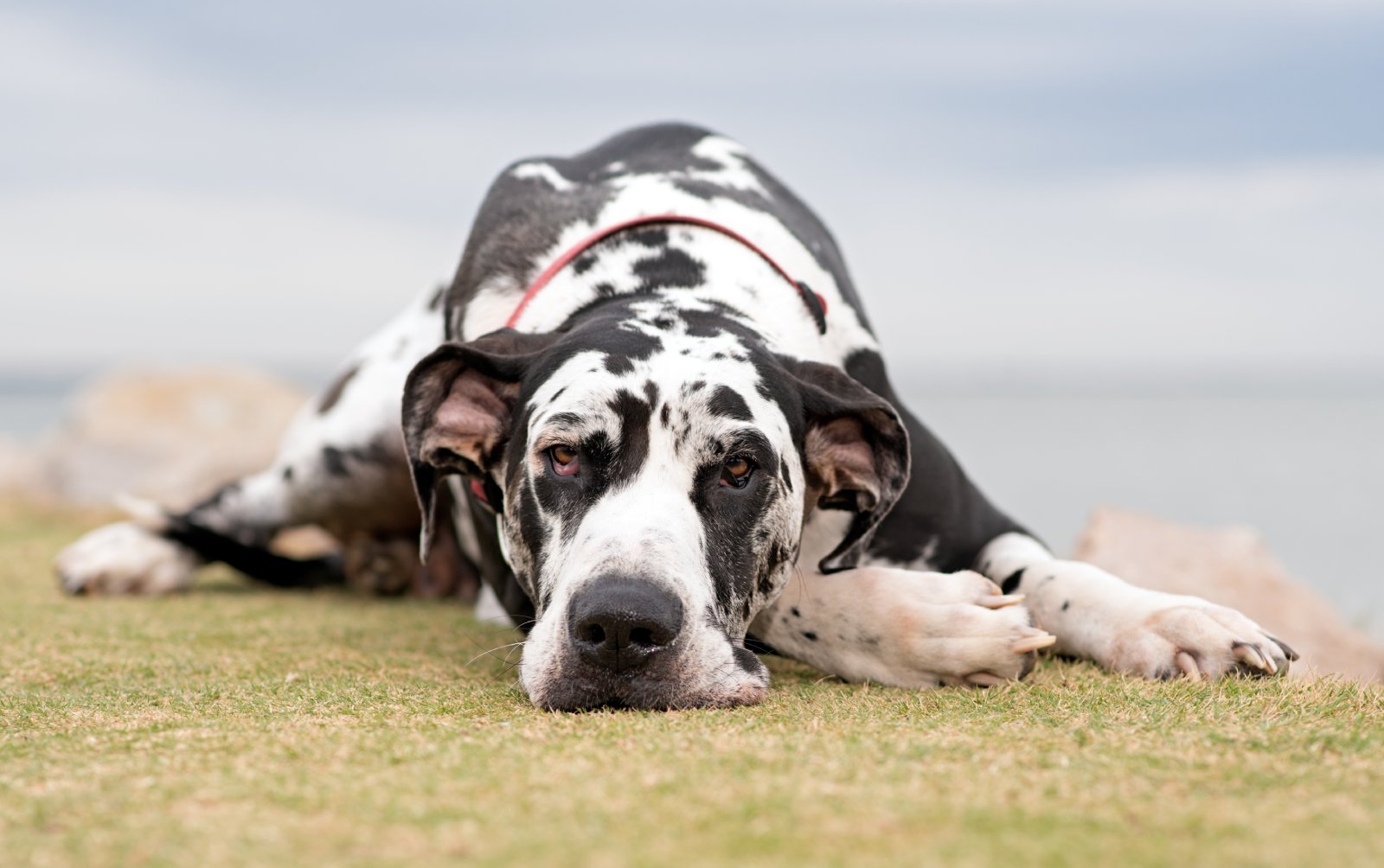
A pet that can’t seem to find a comfortable position and paces incessantly is often in pain. This restlessness is a plea for help.
12. Squinting or Eye Problems
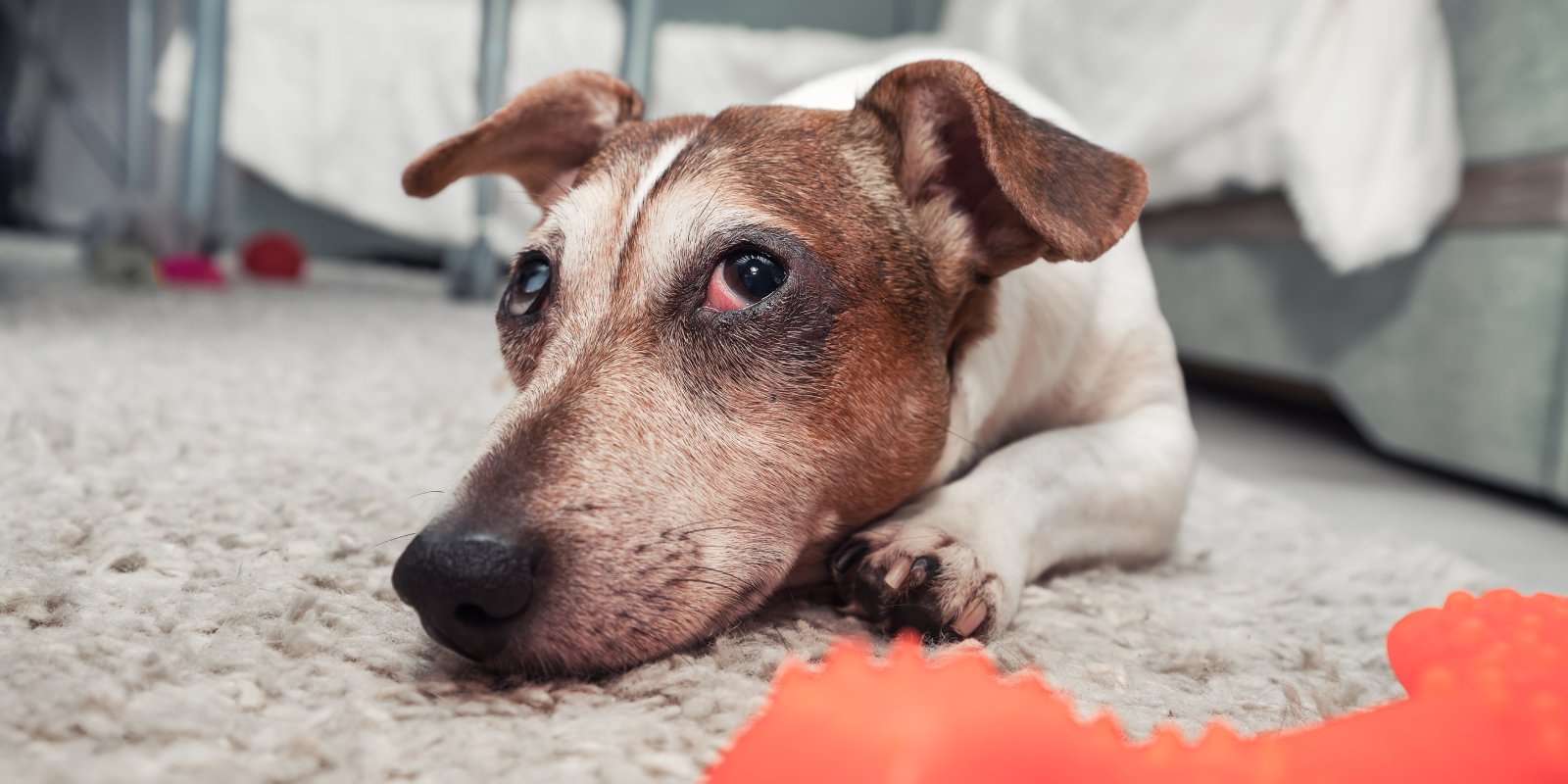
Eyes that are squinting, weeping, or appear red and swollen often signal pain, especially if your pet avoids bright lights or rubs their face frequently.
13. Tail Tucking or Flattened Ears
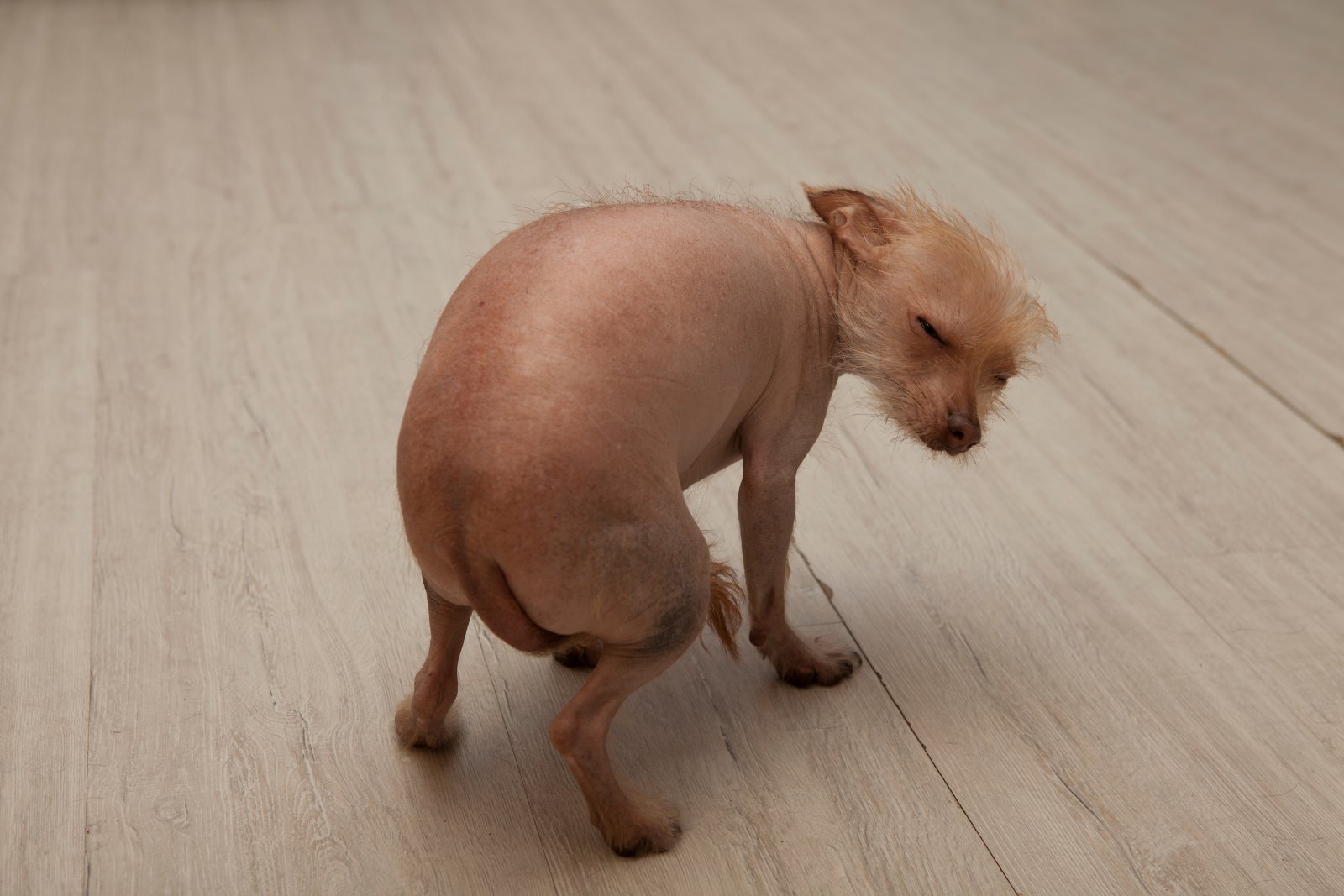
Subtle body language like a tucked tail or flattened ears can speak volumes about your pet’s comfort levels. These are protective behaviours linked to pain.
14. Decreased Grooming

Conversely, a pet that stops grooming altogether may be in too much pain to care for themselves, a common sign in cats especially.
15. Changes in Breathing
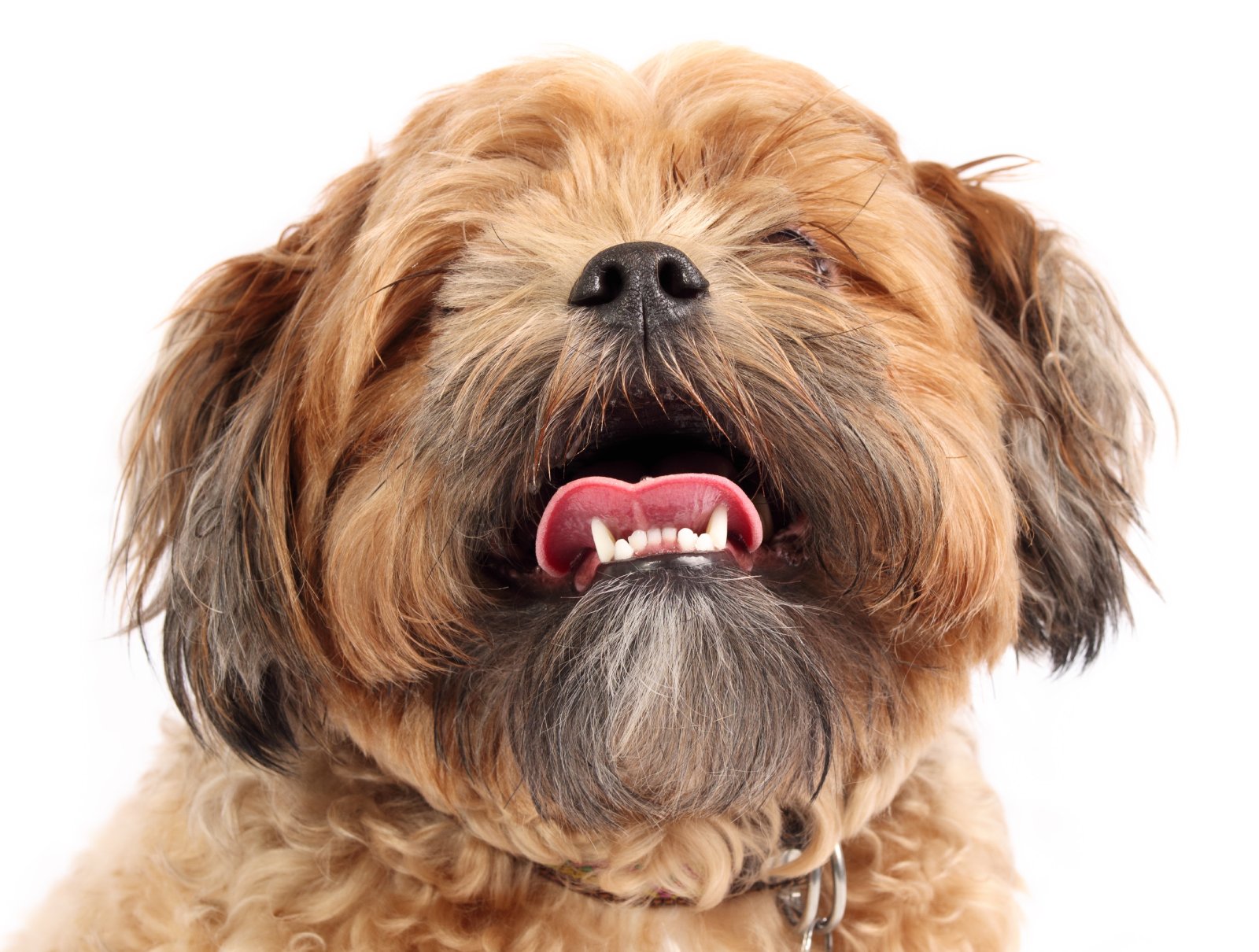
Notice if your pet’s breathing becomes unusually heavy or shallow without physical exertion. This can indicate pain or discomfort that needs to be addressed.
Know When to Act
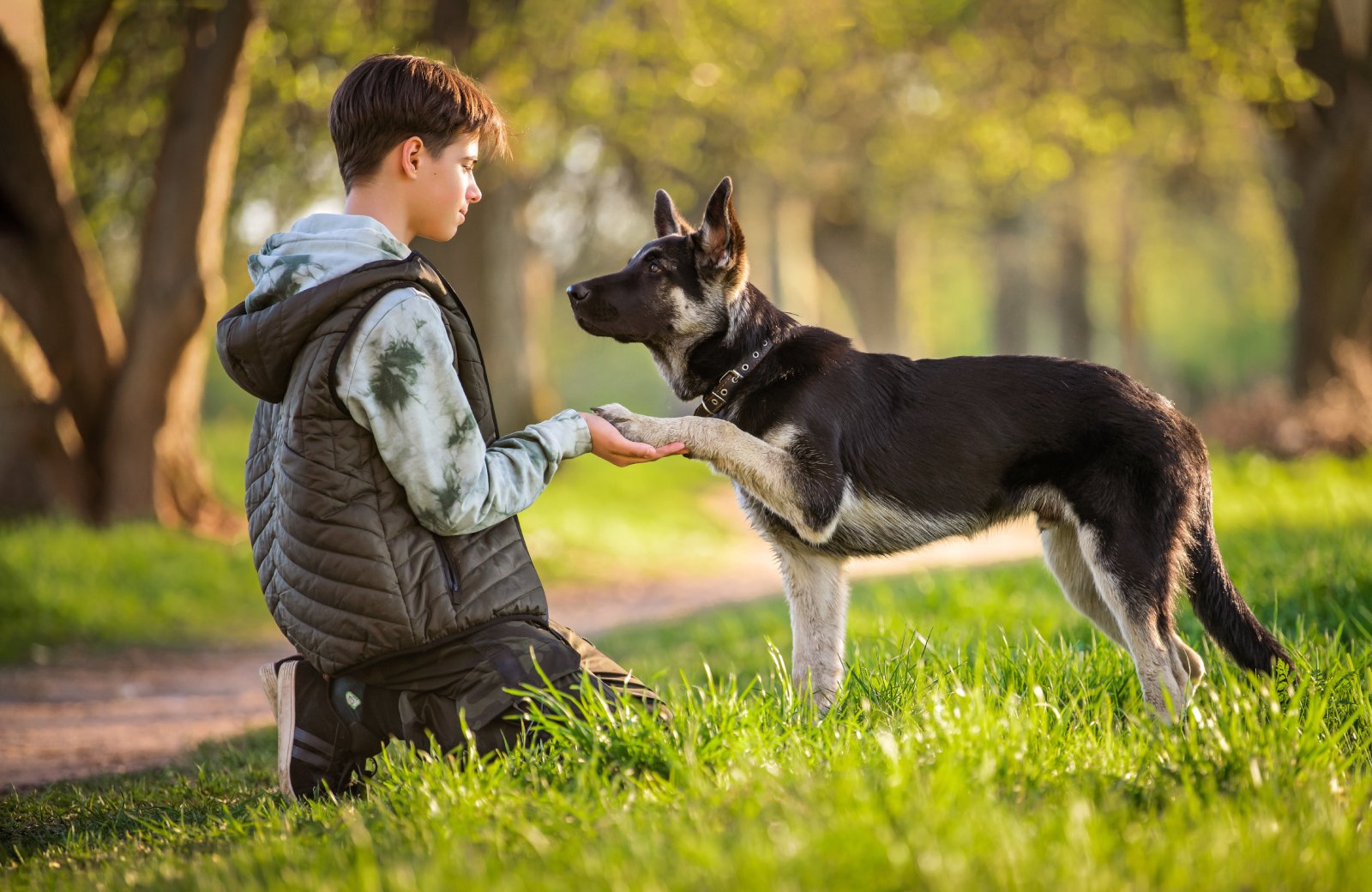
Recognising these signs is the first step in helping your pet find relief. Don’t wait for the pain to become unbearable; proactive care can lead to a quicker recovery and a happier, healthier life for your pet. Your vigilance can make all the difference in their well-being.
The post 15 Signs Your Pet Is in Pain first appeared on PawShore.
Featured Image Credit: Shutterstock / didesign021.
For transparency, this content was partly developed with AI assistance and carefully curated by an experienced editor to be informative and ensure accuracy.

